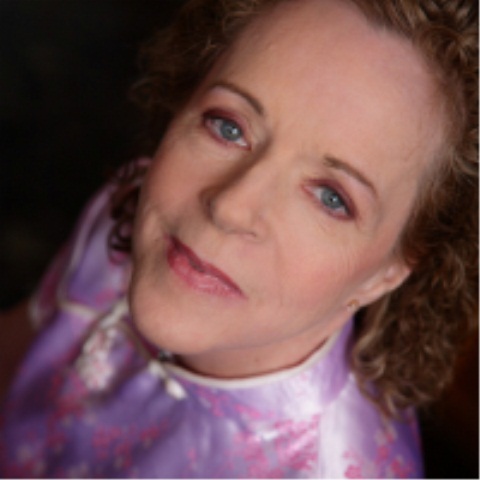AARP Hearing Center

(This story is by Margie Culbertson, an AARP Mississippi volunteer and freelance writer. Her photo is on the left.)
Antonio Vasquez was fired from his job at a Queens bakery because he kept burning the chocolate chip cookies—he had forgotten they were in the oven. Antonio Vasquez was just 60 when Alzheimer’s disease derailed him.
Presently, there is no cure for Alzheimer's. Treatment for Alzheimer’s patients is multi-faceted and includes drug and non-drug treatments to slow, or stop, the disease’s progression, to improve patients’ quality of life, and to, ultimately eradicate the disease. [Refer to last month’s column, “ Living With Alzheimer’s: You Are Not Alone,” where we focused on those who live everyday with Alzheimer’s and the challenges they face toward having a better quality of life.]
Alzheimer’s Disease has been a priority in the world health arena for decades. For instance, in 1991 The Alzheimer's Disease Cooperative Study ( ADCS) was formed between the National Institute on Aging (NIA) and the University of California, San Diego (UCSD.) Their Number One Goal was echoed across the globe: “To Prevent and Effectively Treat Alzheimer'sDisease by the Year 2025.”
Drug Treatment:
Currently, the FDA-approved medications used to fight Alzheimer’s include: Namenda/Ebixa, Razadyne, Exelon, and Aricept. New drugs are constantly being formulated and subjected to clinical trials. Just one site to read about these is at Clinical Trials.gov. According to this site, more than 1,400 studies are in the works.
Non-drug Based Treatments:
Seek out Support Groups
- The Alzheimer’s Foundation of America has a wealth of information on its site. It lists resources specific to Mississippi residents.
- Don’t forget your family, friends, organizations, and churches in forming your support network.
Get educated—sign up for newsletters delivered to your e-mail
- The monthly ADCS newsletter
- The quarterly Bright Focus newsletter
- The monthly Alzheimer’s Society newsletter
- The weekly Alzheimer’s and Dementia newsletter
- The WebMD newsletters
Get educated—visit helpful online sites
- The NIH’s Alzheimer’s Disease Education and Referral Center. Here you can watch videos read articles, download pamphlets, get physician referrals, order free publications, and ask questions either by phone or by e-mail.
- The Alzheimer's Association
- The Alzheimer’s Disease Education and Referral Center (U.S. National Institute on Aging)
- The Alzheimer’s Foundation of America
- Alzheimer’s Disease International
- Us Against Alzheimer’s
Adjust environmental factors
- Create a safe environment for the Alzheimer’s patient.
- Maintain a schedule, including meals, naptime, and bedtime.
- Make sure the person you are caring for gets daily exercise early in the day - a.m. and sunlight is best - and avoids stress.
- Make the environment calm and soothing; avoid certain medications before bedtime, and keep the home comfortable.
Try alternative therapies
Art can help patients express themselves. Expression through art can become especially important as a person’s ability to communicate through words deteriorates. Music can soothe an agitated patient, spark memories, engage the mind even in the disease’s later stages, and improve eating in some cases.
Alzheimer’s Disease will not withstand our unrelenting determination to beat it! Too many people have planted their flags on victory’s hill. Too many people have pledged to end this devastating scourge. Take heart. Hold onto your hope. We will win.
(NOTE: This July column is the fourth in our six-part series dealing with Alzheimer’s Disease and Dementia. Next month we will cover the research which discusses whether one can delay or avoid Alzheimer’s Disease or any of the other Dementia Disorders, and we’ll debunk the many myths about the “aging” brain. In September, the last column in the series, we’ll focus on the other types of Dementia Disorders—some reversible—and we’ll cover the topic of advocacy. To contact Margie, or gain access to her earlier columns, email her at humorandlife@gmail.com).































































